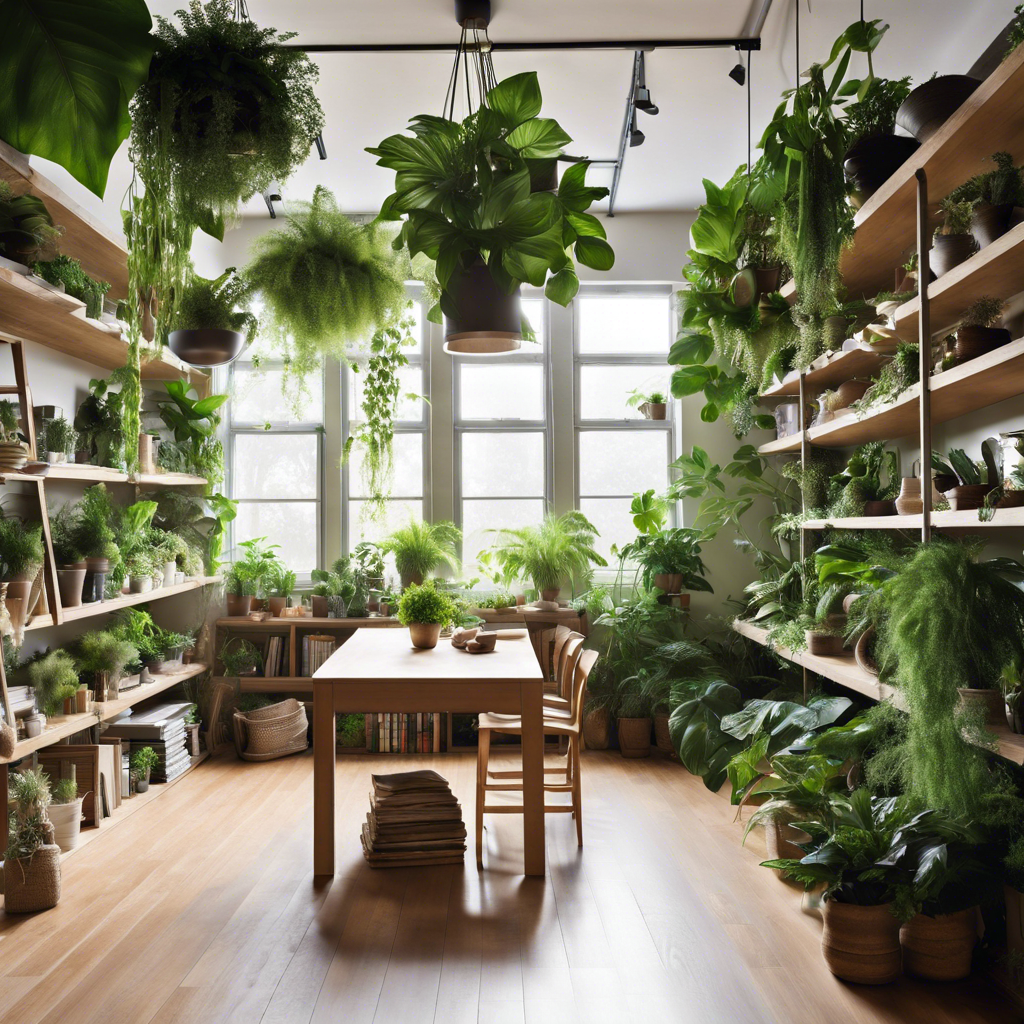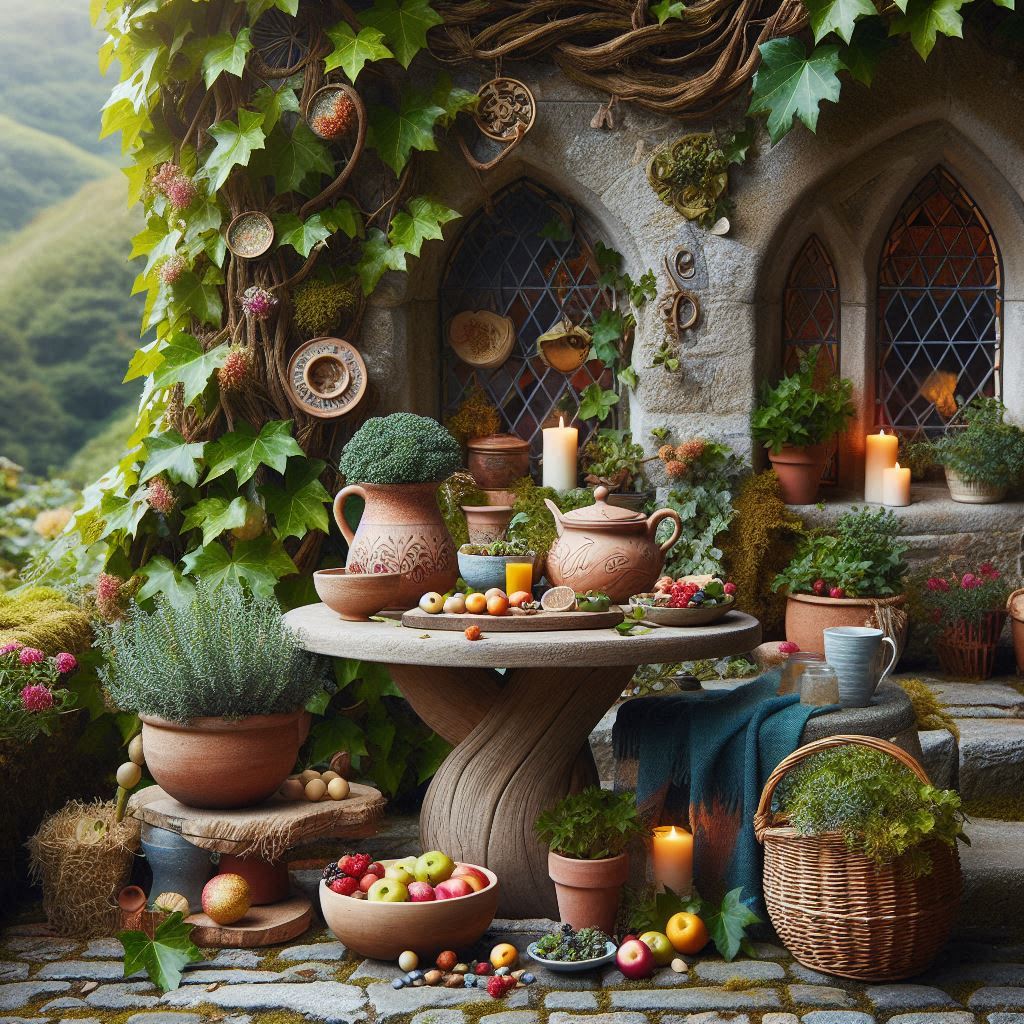
Indoor plants
English Ivy (Hedera helix) – A Complete Guide to Growing and Caring for This Classic Indoor Plant


DINKAR
10/22/2024
Introduction
Among the many indoor plants that have captured the hearts of plant enthusiasts, English Ivy (Hedera helix) stands out for its timeless beauty and versatility. Known for its elegant trailing vines and dense, green leaves, English Ivy has become a popular choice for both indoor and outdoor gardens. Its ability to grow in a variety of conditions, from low light to bright spaces, and its aesthetic appeal make it a favorite among plant lovers.
In this guide, we’ll explore everything you need to know about English Ivy, from the different types and varieties to care instructions, propagation methods, and its benefits as an indoor plant. Whether you’re just starting your indoor plant journey or are a seasoned expert, this guide will equip you with all the necessary tips to grow and maintain a thriving English Ivy.
1. What is English Ivy (Hedera helix)?
English Ivy, scientifically known as Hedera helix, is a woody vine native to Europe and parts of western Asia. It belongs to the Araliaceae family and is known for its rapid growth and ability to climb vertical surfaces using aerial roots. Its small, glossy, evergreen leaves grow in a variety of shapes, often with deep lobes, and are commonly green, though some varieties have variegated patterns of white, yellow, or lighter green.
As a versatile plant, English Ivy is equally at home indoors as it is outdoors. It can be trained to climb walls, trail from hanging baskets, or spread as ground cover. Additionally, its fast-growing nature makes it an ideal plant for anyone looking to create a lush, green display in a relatively short amount of time.
2. Types of English Ivy
There are several varieties of English Ivy, each offering unique visual characteristics. Some of the most popular varieties include:
- Glacier Ivy: This variety has silver-green leaves with white edges, making it a stunning choice for both indoor and outdoor spaces. Its variegation makes it particularly attractive in bright locations.
- Gold Child Ivy: With striking golden-yellow margins surrounding dark green centers, Gold Child Ivy adds a splash of color and vibrancy to any environment.
- Needlepoint Ivy: Known for its narrow, pointed leaves, Needlepoint Ivy has a more delicate appearance compared to other varieties. It’s perfect for adding an elegant touch to hanging baskets or climbing structures.
- Baltic Ivy: A cold-hardy variety, Baltic Ivy has slightly smaller and more compact leaves than other varieties, making it ideal for areas with lower light or cooler temperatures.
- Algerian Ivy (Hedera canariensis): Although technically not a true English Ivy, Algerian Ivy is a close cousin and is often grouped with it due to its similar care needs. This variety features larger, broader leaves and is more tolerant of outdoor conditions.
3. How to Care for English Ivy
English Ivy is relatively easy to care for, but like all plants, it has specific requirements to thrive. Here’s how to ensure your English Ivy remains healthy and beautiful.
A. Light Requirements
English Ivy is highly adaptable when it comes to light. It prefers bright, indirect light but can tolerate lower-light conditions, making it a good choice for dimly lit rooms or offices. However, variegated varieties need a bit more light to maintain their color patterns, as too little light can cause the leaves to revert to solid green.
Be cautious with direct sunlight, especially for indoor plants, as it can scorch the leaves, leading to browning or crispy edges.
B. Watering
One of the keys to growing healthy English Ivy is to provide consistent moisture without overwatering. Allow the top inch of the soil to dry out between waterings, and then water thoroughly. English Ivy prefers slightly moist soil, but standing water or overly soggy soil can lead to root rot.
During the winter months, reduce watering slightly as the plant’s growth naturally slows.
C. Humidity and Temperature
Since English Ivy originates from temperate climates, it thrives in moderate indoor conditions. It prefers cooler temperatures ranging from 50°F to 70°F (10°C to 21°C). Avoid placing it near heating vents or areas that experience temperature fluctuations.
As for humidity, English Ivy appreciates higher humidity levels, especially during dry winter months. To increase humidity, mist the plant regularly, place a tray of water nearby, or use a humidifier.
D. Soil and Potting
English Ivy prefers well-draining, loamy soil. A general-purpose indoor potting mix with added perlite or sand works well to prevent soil compaction and water retention. Ensure that the pot has proper drainage holes to avoid water buildup at the roots.
Repotting should be done every 1-2 years, or whenever the plant becomes root-bound. Regular repotting encourages healthy growth and ensures the plant has access to fresh nutrients.
E. Fertilization
During the growing season (spring and summer), feed your English Ivy with a balanced, water-soluble fertilizer once a month. This helps support its rapid growth and keeps the foliage lush and green. Be careful not to over-fertilize, as this can lead to burnt roots and damaged leaves.
In fall and winter, you can reduce or stop fertilizing since the plant’s growth will slow down.
4. Propagating English Ivy
English Ivy is one of the easiest plants to propagate, and it’s a fantastic way to expand your plant collection or share plants with friends. The most common propagation method is through stem cuttings.
Step-by-Step Propagation Guide:
- Select a Healthy Vine: Choose a healthy, mature vine that has at least 3-4 leaves and visible nodes (the small bumps along the stem where leaves and roots grow).
- Make the Cut: Using clean, sharp scissors or pruning shears, cut just below a node. The cutting should be 4-6 inches long with several leaves attached.
- Place in Water or Soil: You can propagate Ivy in water or directly in soil. If using water, place the cutting in a jar of water with the node submerged. Change the water every few days to prevent stagnation. If planting directly in soil, use a pot with well-draining soil and keep it consistently moist.
- Wait for Roots: After 2-4 weeks, you should start to see roots forming. Once the roots are about an inch long, you can transplant water-propagated cuttings into soil.
5. Common Problems and Solutions
English Ivy is generally hardy, but it can encounter a few problems if its growing conditions aren’t ideal:
- Yellow Leaves: This can be a sign of overwatering or too little light. Adjust your watering schedule and move the plant to a brighter spot if necessary.
- Spider Mites: English Ivy is prone to spider mite infestations, especially in dry, warm environments. To treat spider mites, rinse the plant with water, increase humidity, and consider using insecticidal soap if the infestation persists.
- Leggy Growth: If your Ivy starts growing long, leggy vines with sparse leaves, it may not be getting enough light. Move the plant to a brighter location to encourage more compact growth.
- Browning Edges: Brown leaf edges can indicate too much direct sunlight or insufficient humidity. Move the plant to an area with indirect light and increase humidity levels.
6. Benefits of Having English Ivy Indoors
English Ivy isn’t just a pretty plant – it also provides several health and environmental benefits:
- Air Purification: According to studies, English Ivy is an excellent air purifier. It helps remove harmful toxins like formaldehyde, benzene, and mold spores from the air, improving indoor air quality.
- Increased Humidity: Having plants like English Ivy in your home can increase indoor humidity, which is beneficial for preventing dry skin, reducing respiratory issues, and maintaining a healthy environment.
- Aesthetic Appeal: With its cascading vines and lush green leaves, English Ivy adds a touch of elegance to any indoor space. It’s perfect for hanging baskets, plant shelves, or as a climbing plant trained on trellises.
Conclusion
English Ivy is a timeless and versatile houseplant that can thrive in various indoor environments with the right care. Its ability to adapt to different light conditions, grow quickly, and purify the air makes it a favorite among plant enthusiasts.